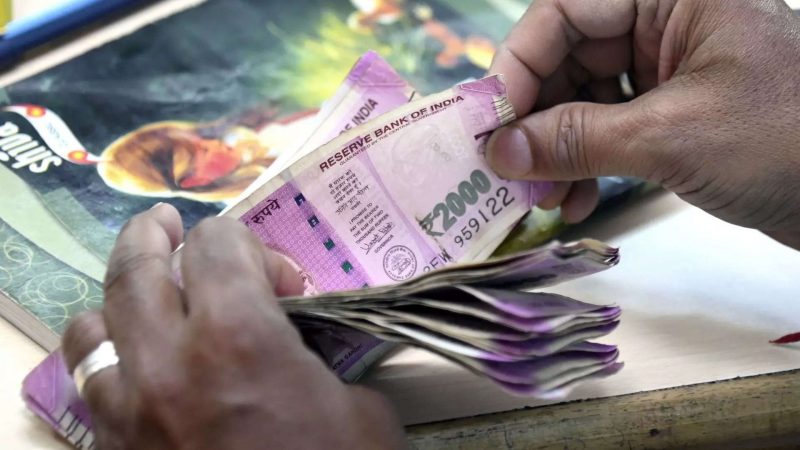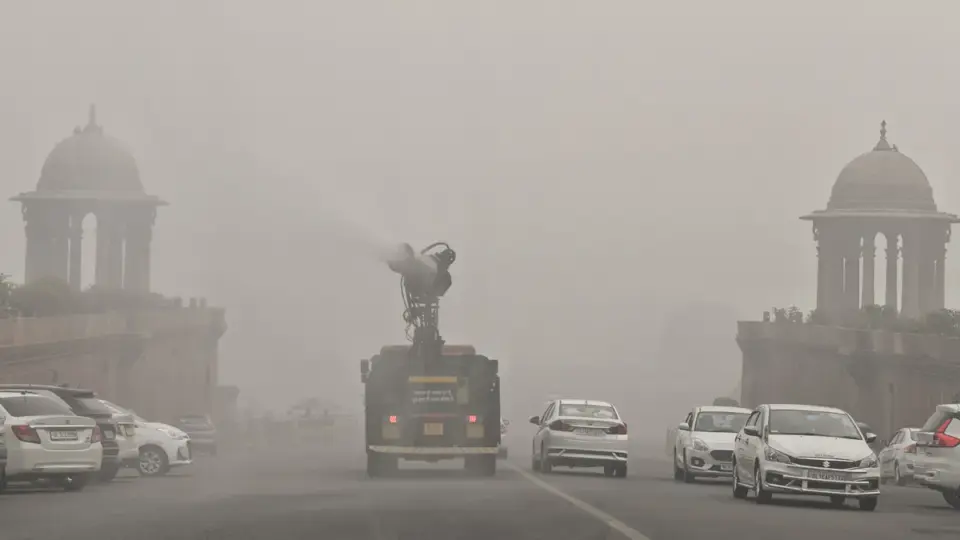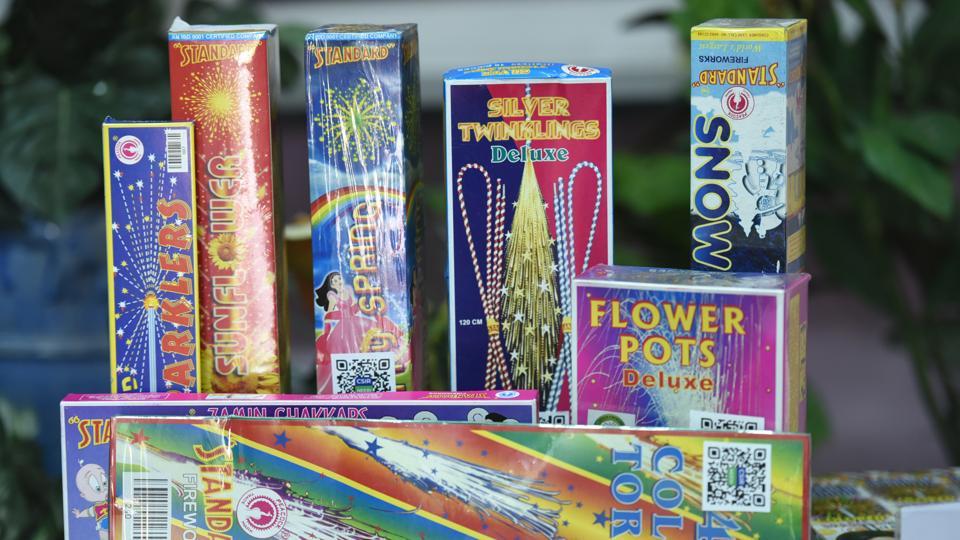
Top 6 Popular Questions on ₹2,000 Notes Withdrawal By RBI
In a significant development, the Reserve Bank of India (RBI) recently made an announcement stating its decision to withdraw ₹2,000 notes from circulation. The RBI has provided the public with a time frame until September 30 to deposit or exchange these notes at banks. It is important to note that the central bank has clarified that these high-value notes will retain their legal tender status even after the specified deadline.
The RBI’s decision has raised several inquiries among the public. To address their concerns, RBI Governor Shaktikanta Das held a press conference today and communicated with the media. Mr Das reassured `citizens that there is no cause for worry and emphasized that there is no need to hastily approach the banks.

Top 6 Famous Questions About ₹2,000 Currency Notes Right Now:
1. What will be the Legal Status of ₹2,000 Notes After September 30th?
The ₹2,000 banknotes will retain their legal tender status, as emphasized by the RBI governor. He stated, “There is no reason to be concerned as these notes will continue to be accepted as legal tender. We anticipate that a majority of the ₹2,000 banknotes will be returned to the exchequer by September 30. We have an ample supply of printed notes within the system, including those held by the RBI and currency chests operated by banks. We have abundant stocks, so there is no need for any worry.”
Furthermore, he assured that non-resident Indians (NRIs), including H-1B visa holders, will not encounter any issues in this regard.
2. Do All the Banks Have the Adequate Arrangement to Support RBI’s Decision?
Mr Das provided reassurance to citizens, stating that banks have received guidance to make the required preparations for the process. He encouraged customers not to hurry to banks, as they have a four-month window to exchange their ₹2,000 notes or transfer the funds to their bank accounts.
3. Why September 30th is Chosen as the Deadline for Exchanging ₹2,000 Currency Notes?
As per RBI’s Governor, the deadline has been issued to make people support this decision seriously.
“.Time is given up to September 30 so that it is taken seriously. Otherwise, if you leave it open-ended, it becomes a kind of an endless process,” said Mr Shaktikanta Das.
4. Why RBI Decided to Withdraw ₹2,000 Currency Notes?
The RBI has explained that this action is in line with its clean note policy, which involves the withdrawal of notes from a specific series and the issuance of fresh ones periodically. It should be regarded as a currency management operation conducted by the central bank.
”We have clearly explained in our press note that the ₹ 2,000 notes were primarily issued for the purpose of quickly replenishing the value of money which was being taken out from the system when the legal tender status of then-prevailing ₹ 1000 and ₹ 500 notes was withdrawn. That purpose has been fulfilled, today there are enough notes in circulation, of other denominations,” said Mr Das.
Also read:
Want to Know Income Tax Refund Status? Check With These Simple Steps Online
5. Will the Banks Be Monitoring the Money Deposited?
The RBI governor provided assurance that the central bank does not scrutinize the bank deposits of citizens, as this responsibility falls under the purview of the Income Tax department.
6. Is RBI Going to Release New ₹1,000 Notes?
The RBI governor stated that there is no intention to reintroduce ₹1,000 banknotes as a measure to mitigate the impact caused by the withdrawal of ₹2,000 notes. He dismissed the notion as “speculative.”



